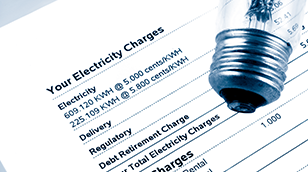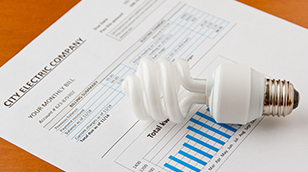
How to pay Kerala RTO Fine?
Traffic rules are meant for the safety of the citizens. Breaking these rules results in penalties. These days, most roads are equipped with cameras that will capture your vehicle details and you’ll receive your fine details on the registered mobile number. You can pay the fine online using multiple payment channels. In this article, you can get information on you can check your vehicle’s fine in Kerala and pay it conveniently.
What Is the Kerala RTO’s Fine Payment Process?
The general payment process of Kerala RTO fine involves the driver/owner of the vehicle to check the details mentioned in the challan and verify them. If there are no discrepancies, the vehicle’s driver/owner has to make the payment either by going to any nearby traffic police station or pay the Kerala RTO fine online via the official channels.
You may also be able to pay your fine online by finding a traffic police officer with a handheld device for paying e-challan. However, the most convenient option is by accessing the official government website and paying the fine online using your Credit Card, Debit Card or UPI apps like PayZapp.
How to Check Kerala Vehicle Fine?
You will get your challan delivered to your doorstep or sent to you digitally via email or phone number. It is important for you to check the photo in the challan and verify details like your name, vehicle number, nature of the offence, etc. You are advised to consult the authorities and get any false challan revoked or fixed.
If your vehicle was stolen recently and you receive a challan addressed to you with someone else driving it, you will be liable to pay the fine until you can prove that the vehicle was stolen and is not in your custody with the help of an FIR.How to Pay Kerala Vehicle Fine?
Here are the steps to pay e-challan on the Ministry of Road Transport and Highways (MoRTH) website:
- Go to the MoRTH website using this link: https://echallan.parivahan.gov.in/index/accused-challan.
- Choose the type of identifier you want to enter for authentication from the options provided—‘Challan Number,’ ‘Vehicle Number,’ or ‘DL Number’. If you select ‘Vehicle Number’, you’ll have to provide details like ‘Chassis Number’ or ‘Engine No’ as well.
- Enter correct captcha details in the ‘Captcha’ bar.
- Click on ‘GET DETAIL’.
- Verify the details and the amount of the fine after checking a CCTV photo taken at the incident of traffic rule(s) violation.
- Click on ‘Pay’ button.
- Select the available payment option and complete the transaction.
The following steps can help you pay e-challan on the Kerala Police Department online payment website.
- Go to the official website and enter your vehicle number in the given box as illustrated.
- Click on the ‘Search’ button.
- Verify the details.
- Click on the ‘Pay’ button.
- Complete the payment using your preferred mode of payment.
How to Pay the Kerala RTO Fine with PayZapp?
When paying the RTO fine on the MoRTH website or the official Kerala RTO website, you can choose a payment mode from the available ones. The portal may also provide the option to pay the challan via UPI. You may be given the following options.
- Select UPI app: You may be able to select a UPI app of your choice. Here, you can select PayZapp > select the UPI ID > authenticate the transaction by entering the PIN.
- Enter UPI ID: You can enter your PayZapp UPI ID > you’ll be directed to the PayZapp app > complete the transaction.
- Scan QR code: If the portal provides the option to pay with a QR code, you can do so with your PayZapp app. Open the PayZapp app and select ‘Scan QR code to pay’.
Final Note
Use your PayZapp UPI ID to pay the challan online and pay negligible or zero additional transaction charges on the payment gateway. You can use this UPI app even if you don’t have a bank account with HDFC Bank. Download PayZapp and get access to convenient payment channels to pay for various services. Link your Debit or Credit Card and bank accounts to make instant payments. Download the app now!
*Terms and conditions apply. The information provided in this article is generic in nature and for informational purposes only. It is not a substitute for specific advice in your own circumstances.










